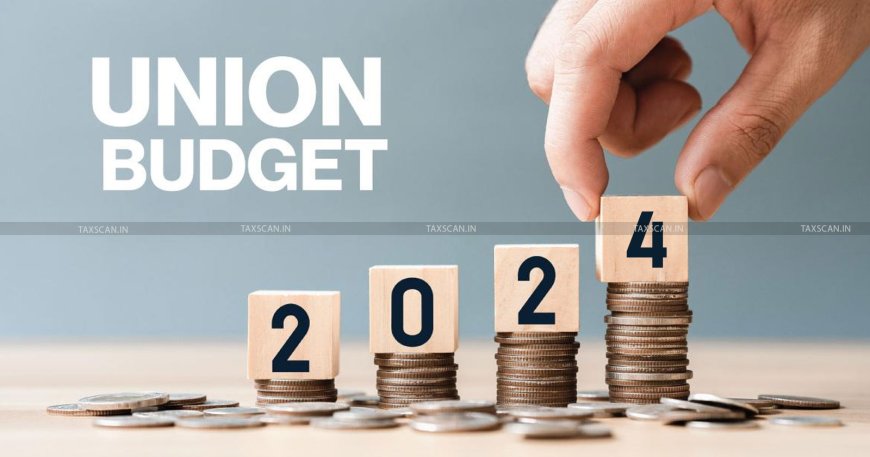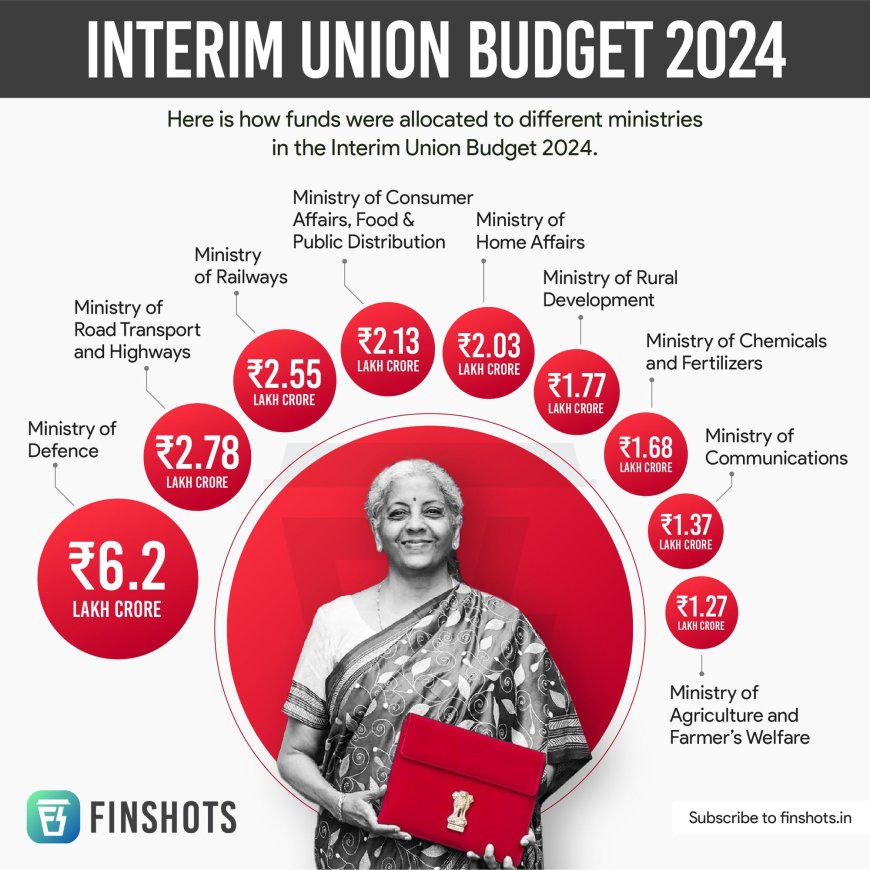Decoding Budget 2024: Navigating Towards a 'Viksit Bharat'
The interim Union Budget 2024, themed "Viksit Bharat", aims for India's development by 2047. It emphasizes sustainable growth, infrastructure, inclusive development, agriculture, and youth empowerment. Key highlights include increased capital expenditure, focus on social welfare schemes, and tax benefits for startups. While praised for long-term goals, concerns remain about immediate issues like inflation and unemployment. Economists stress the need for detailed implementation plans post-elections.

The Union Budget 2024, presented by Finance Minister Nirmala Sitharaman on February 1st, 2024, held the distinction of being an interim budget due to the upcoming Lok Sabha elections. However, the government still presented a spending plan for the "Viksit Bharat Budget 2024" theme, which aims to make India a developed country by 2047.
This budget marked a shift from the "Amrit Kaal" (Era of Nectar) to "Kartavya Kaal" (Era of Duty), focusing on five key areas:
-
Sustainable development:This included the promotion of green energy initiatives such as the National Green Hydrogen Mission and the allocation of funds for the development of solar power.
-
Infrastructure and investment: The budget aims to increase infrastructure spending by 11.1% and incentivize investments through schemes such as the Production Linked Incentive.
-
Inclusive development: Increased allocations were given to programs such as the Mahatma Gandhi National Rural Employment Guarantee Scheme and "Lakhpati Didi" which empower women entrepreneurs.
-
Agriculture and food processing: The budget acknowledged the importance of agriculture by increasing the target for houses under the PM Awas Yojana (Gramin) and promoting food processing through technological advancements.
-
Youth power: Recognizing the potential of India's young population, the budget emphasized skill development and entrepreneurship initiatives.
Key Highlights :
-
Seven Priority Sectors (Saptarishi): The budget identifies seven areas for development: sustainable growth, financial sector, infrastructure & investment, unleashing potential, youth power, reach to the last mile, and inclusive development.
-
Increased Capital Expenditure: The budget has allocated ₹11,11,111 crore for capital expenditure which showcases a strong commitment towards infrastructure development.
-
Focus on Social Welfare: Schemes like Ayushman Bharat-PMJAY (health insurance) and the Mahatma Gandhi National Rural Employment Guarantee Scheme received continued support.
-
Tax Benefits for Startups: The budget has extended tax benefits for startups to boost the entrepreneurial ecosystem.
-
Fiscal Prudence: The budget has extended tax benefits for startups to boost the entrepreneurial ecosystem.
The recently announced budget has received a mixed response. While some have praised its focus on long-term development goals and social welfare programs, others have expressed concerns about the lack of immediate measures to address issues like inflation and unemployment.
Economists have noted the government's attempt to balance long-term vision with short-term economic realities, given the challenges of presenting an interim budget in an election year. They have emphasized the need for further details on the implementation of the proposed initiatives in the full budget that will be presented after the elections.

The Union Budget 2024 laid the foundation for the Indian government's vision of a "Viksit Bharat" or "Developed India". Although an interim budget may not have the comprehensive details of a full budget, it offers a glimpse into the government's priorities and its commitment to sustainable development, infrastructure, social welfare, and youth empowerment. The impact of this budget will depend on the successful implementation of the proposed initiatives and the subsequent full budget that will follow the elections.











































